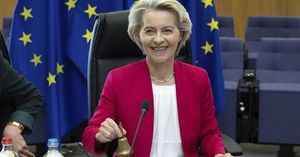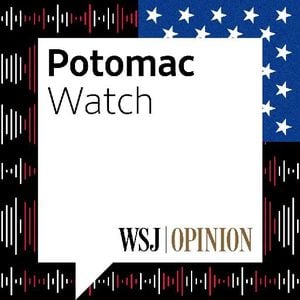China's ambitious Belt and Road Initiative (BRI) continues to shape the economic landscapes of various countries, forging partnerships and catalyzing development. This global strategy, aimed at enhancing regional connectivity and embracing a brighter economic future, has special significance for Peru, where recent events have underscored the promise as well as the concerns surrounding this collaboration.
On November 10, 2024, Lima hosted the latest annual meeting focusing on practical cooperation under the Belt and Road Initiative. Jointly organized by the China Economic Information Service, Peru's Andina News Agency, and China Southern Power Grid Co., Ltd., the event attracted over 100 attendees, including government officials, business leaders, and representatives from think tanks. Discussions revolved around new possibilities and productive collaboration frameworks between China and Peru.
Peru holds the distinction of being one of the first Latin American nations to establish formal diplomatic ties with China, having signed the first free-trade agreement with the Asian giant. Since then, the relationship has blossomed; for the past decade, China has remained Peru's largest trading partner. The signing of the memorandum of undertakings on BRI cooperation back in 2019 marked the beginning of significant bilateral initiatives, yielding fruitful outcomes across various sectors, including finance, trade, and cultural exchange.
At the forefront of this cooperation is the Chancay Port project. Described as one of the most impressive BRI-related ventures, the construction of this megaproject is poised to fundamentally transform maritime trade for Peru and the broader Pacific region. The port will serve to connect Latin America and Asia, enhancing shipping efficiencies and establishing new trade routes.
According to Jorge Chain, general manager of the Peru-China Chamber of Commerce, the Chancay Port is more than just infrastructure; it symbolizes beneficial and mutually advantageous cooperation between the two nations. This venture alone is expected to create around 1,300 direct jobs and approximately 8,000 indirect positions, directly contributing to local economic growth.
Victor Arroyo, the general director of Policies and Regulation for Multimodal Transport, pointed out the significant advancements Peru could see through collaboration with China, especially in technology. He noted the exploration of cutting-edge projects, including artificial intelligence and electric vehicle initiatives, nurtured through Chinese investment.
Yet, with opportunity often come challenges. The rapid economic growth predicted from such projects raises concerns about environmental degradation and the costs associated with urban expansion. Local communities are already voicing worries about land expropriation and inadequate infrastructure to handle population surges tied to these developments. The expectations are high, with areas near Chancay seeing billboards advertising “land for sale,” but the reality on the ground remains complex.
Even as Peru grapples with the ramifications of such extensive projects, the Belt and Road Initiative is positioned to inject fresh energy and perspectives. According to numerous stakeholders at the Lima meeting, Peru is on the cusp of entering new phases of high-quality development, fueled by the BRI and associated projects.
The cultural ties between China and Peru also flourish beyond trade and infrastructure. The legacy of Chinese migrants, who have significantly influenced Peru’s culinary and cultural landscapes, resonates through increasing people-to-people exchanges. Events like the designation of February 1 as “Peru-China Fraternity Day” serve to strengthen this bond, highlighting the deep-rooted connections shared by the two countries.
Looking to the future, there's enthusiastic anticipation about exploring more opportunities through the BRI framework. Cooperation prospects are seen as pivotal for ensuring mutual prosperity not only for China and Peru but for other countries within Latin America, championing collaborative development approaches across the global south.
China's investments and initiatives like the BRI reflect its strategic ambition to expand influence worldwide. This endeavor encapsulates not only economic aspirations but also aims to reshape geopolitical alignments. Despite pushback and skepticism from some regions, the appeal of enhanced connectivity, trade opportunities, and mutual development remains strong.
Undeniably, the anticipated inauguration of the Chancay Port by President Xi Jinping signifies more than just infrastructural investment. It embodies the heart of Sino-Latin American relations, showcasing how nurturing these partnerships can lead to shared growth and advancement.
The Belt and Road Initiative continues to garner attention as cases of cooperation emerge all across the globe. For countries like Peru, its impact is palpable, fueling hopes for enhanced economic vitality and improved living standards.



